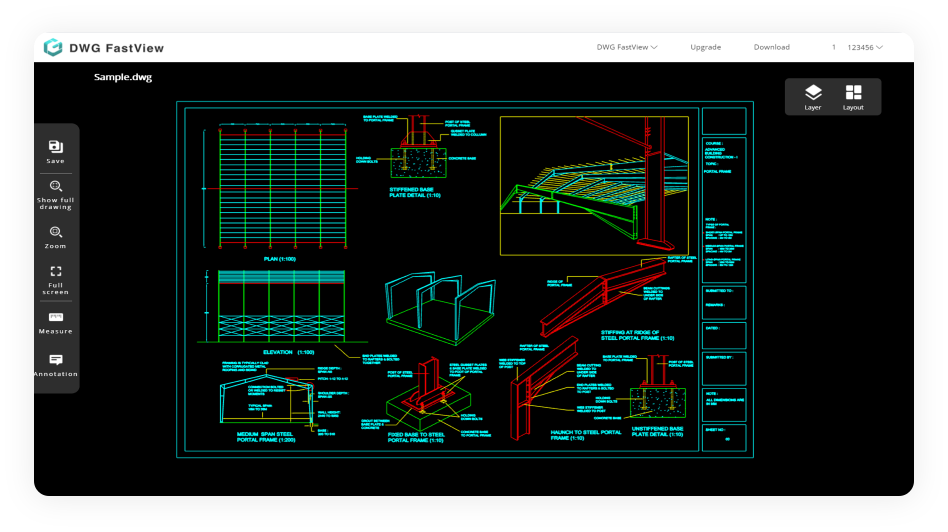Mastering Block Editing in AutoCAD
AutoCAD, a leading computer-aided design (CAD) software, offers a feature known as "blocks" that can significantly enhance productivity. Blocks are reusable design elements, like symbols or components, which can be inserted into a drawing. Editing these blocks can streamline the design process and improve efficiency. Here's how to master block editing in AutoCAD.To get more news about editing blocks in autocad, you can visit shine news official website
Understanding Blocks
A block is essentially a collection of objects grouped together to form a single object. They can be simple, like a logo, or complex, like a component of a machine. Blocks are useful because they can be reused across different drawings, promoting consistency and saving time.

Creating and Inserting Blocks
To create a block, select the objects you want to include, then use the `BLOCK` command. Give your block a name, specify a base point, and select "OK". To insert a block, use the `INSERT` command, select the block you want to insert, and specify the insertion point.
Editing Blocks: The Block Editor
The Block Editor is a special environment for editing blocks. To access it, double-click on a block or use the `BEDIT` command. In the Block Editor, you can add, remove, or modify objects within the block. Any changes made here will be applied to all instances of the block in your drawing.
Using the Block Attribute Manager
Block attributes are text values that can be associated with a block. For example, a block representing a door might have attributes for the manufacturer, model, and cost. The Block Attribute Manager (`BATTMAN`) allows you to add, modify, or remove attributes.
Leveraging Dynamic Blocks
Dynamic blocks take the concept of blocks a step further by allowing you to modify the appearance and behavior of a block instance without affecting others. With dynamic blocks, you can add parameters and actions that change the size, shape, and position of the block.
In conclusion, mastering block editing in AutoCAD can greatly enhance your productivity and design capabilities. By understanding and utilizing blocks, the Block Editor, the Block Attribute Manager, and dynamic blocks, you can create more efficient and consistent drawings.
